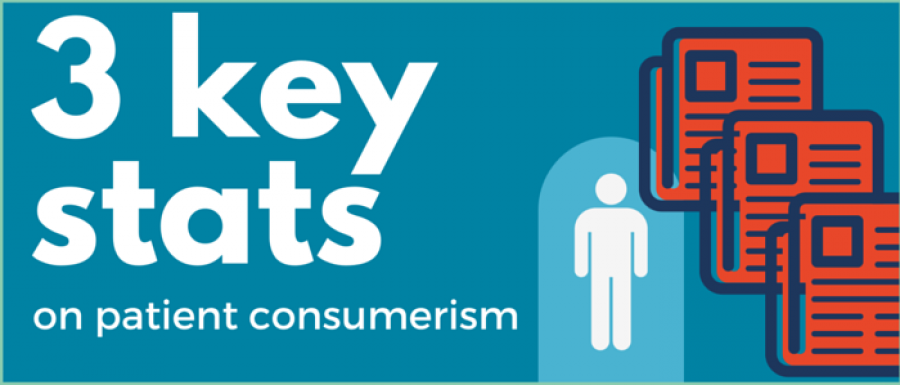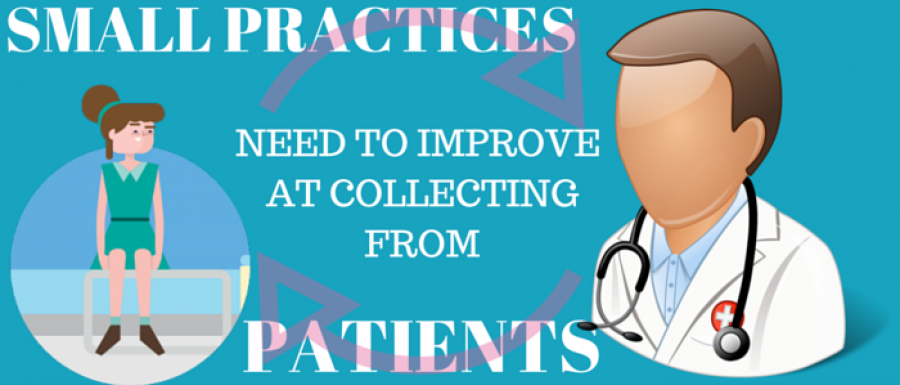
The past few years have been tumultuous in healthcare revenue cycle management. As the burden of payment shifts from insurer to payment, many healthcare providers are seeing their collections stagnate or decline, because they aren’t braced for healthcare consumerism.
The age of healthcare consumerism is best reflected in the new prominence of High Deductible Healthcare Plans, or HDHPs. Offered by many companies as a way to provide insurance to employees while reducing the company’s expenses, HDHPs require consumers to pay for their own care.
Here are 3 stats about HDHPs that are important to know, and that drive home the rapid increase and projected longevity of these plans:
Among persons under age 65 with private health insurance, 36.2% with employment-based coverage were enrolled in an HDHP; 54.1% with directly purchased private health plans were enrolled in an HDHP in 2014.
This is up significantly even over the past five years, and the trend shows no sign of slowing down. More companies are offering HDHPs as opposed to traditional plans.
Consumers now pay more in healthcare costs than employers.
A total rejection of the traditional model over the past few decades, the financial burden has shifted from employer to employee. With consumer-driven care, payment approach needs to be different than trying to collect from a large insurance company.
During Open Enrollment 2016, 12.7 million consumers enrolled in a health plan through public and private exchanges – an increase of one million enrollees over 2015.2 The most popular plans selected by 90 percent of consumers are high-deductible health plans (HDHP) that offer the lowest premiums, yet have the highest out-of-pocket costs for medical care.
This recently released statistic from InstaMed highlights the rapid year-over-year expansion of these plans, and the consumer preference for healthcare plans with a low monthly payment and high deductible.
Into stats on collecting? You’ll love our infographic on patient payments.
Connecting the dots, if patients are paying less on a monthly basis in exchange for covering more of the costs of their regular care, this means that physician practices and the entire healthcare industry will need to interact more with patients in order to collect on medical bills.
So far, this adjustment has been rocky for many practices, from individual physicians to larger hospitals. Few in the industry expected the rapid influx of patient payments or properly accounted for the industry changes brought about by the Affordable Care Act.
Since HDHPs go hand in hand with patient consumerism, the need to readjust processes in order to collect more of the patient responsibility rises as these plans become more prevalent.
So what does the era of patient consumerism mean for your revenue cycle management?
Mainly, that you need to take a long, hard look at your process. What works best for insurance payers has little overlap with the best collection approaches for patients.
Not sure how to improve? We make for great partners.
If you need help managing your revenue cycle and hitting your financial incentives, get in touch with our team — we’re happy to partner with you and assist through the collections process.


